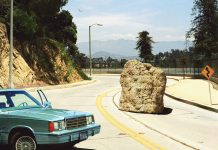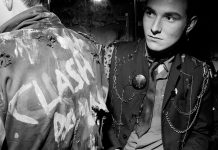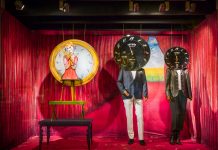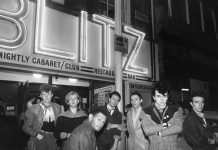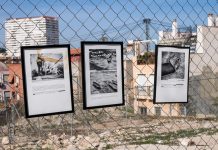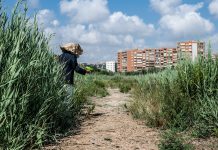

City 01 Skate Days, 2017. Skatepark Monte Tossal (Castillo San Fernando). Alicante. Spain. Sher in the skatepark
Skateboarding is characterized as a transgressive activity that challenges the regulations imposed on urban space. Skateboarders demonstrate an awareness of the built environment and perceive the city and its physical elements in ways different from non skaters. Through their practice of skateboarding, they transform some of the designated functions of architecture into new ones. Studies that focus on transgression further argue that the distinction of «in» and «out» for defining transgression in public space is too simple because skateboarding in one place may be considered more acceptable than in other places. Spaces that young skateboarders prefer are those that offer accessibility, sociability, compatibility, and opportunities for tricks. Skaters prefer the natural environment of the street over purposely built spaces. And yet the reasons for this preference and an exact distinction between skating in the natural environment and in the purposely designed envi-ronment are not clearly addressed.
I focus on the comparison of street skating and park skating to investigate the significance of locality in skateboarding behaviors. The behaviors of street skateboarding embody the notion of spatial practices, the physical activities that shape and reshape material space. Street skating ensures skaters of performance, competence, agency, and social opportunities; thus it constructs a mental, a social, and a body space. In other words, skateboarding as an urban practice is a demonstration of how citizens traverse the spatial planning power structure that restricts citizens’ uses of and right to the city.
Specifically, I argue that the differences between street skating and park skating are apparent in the uses of built environments, the social control that skaters encounter, and the images constructed through the discursive practice of skateboarding. Nonetheless, these three dimensions do not appear independently but are closely interrelated. These distinctions suggest which components make a good skateboarding place.
Quote. Chihsin Chiu. «Street and Park Skateboarding in New York City Public Space», Space and culture vol. 12 no. 1, february 2009



